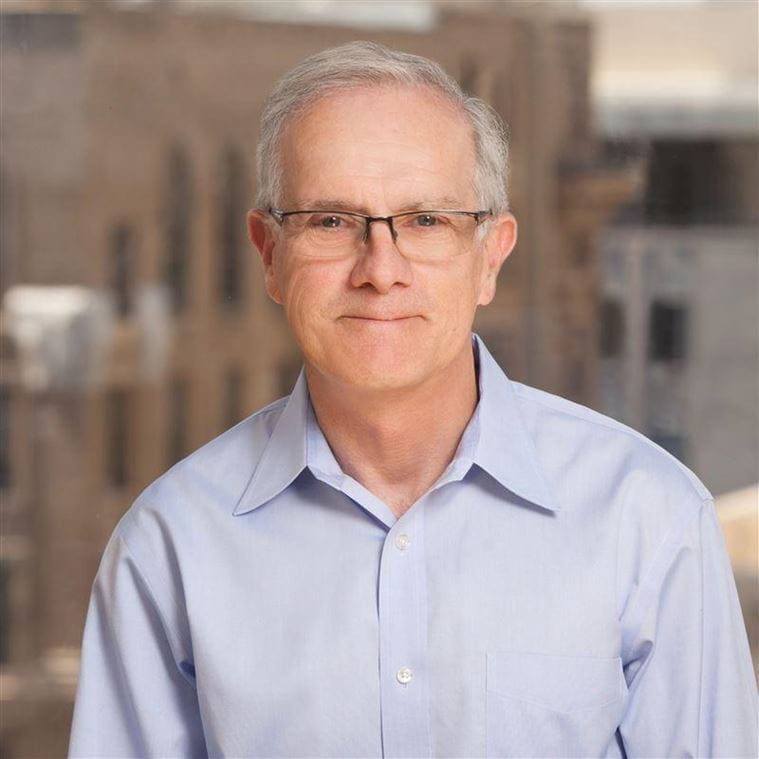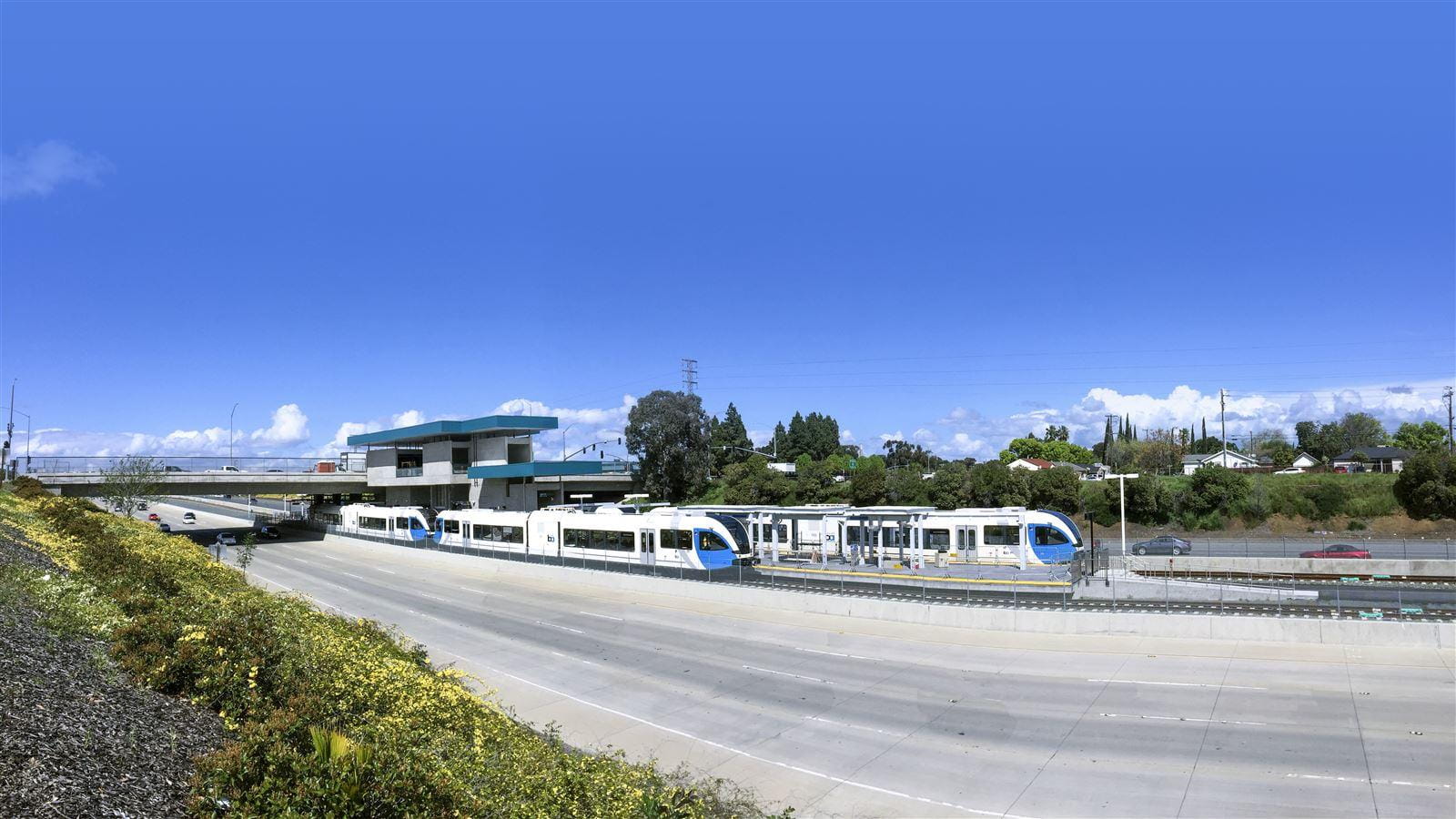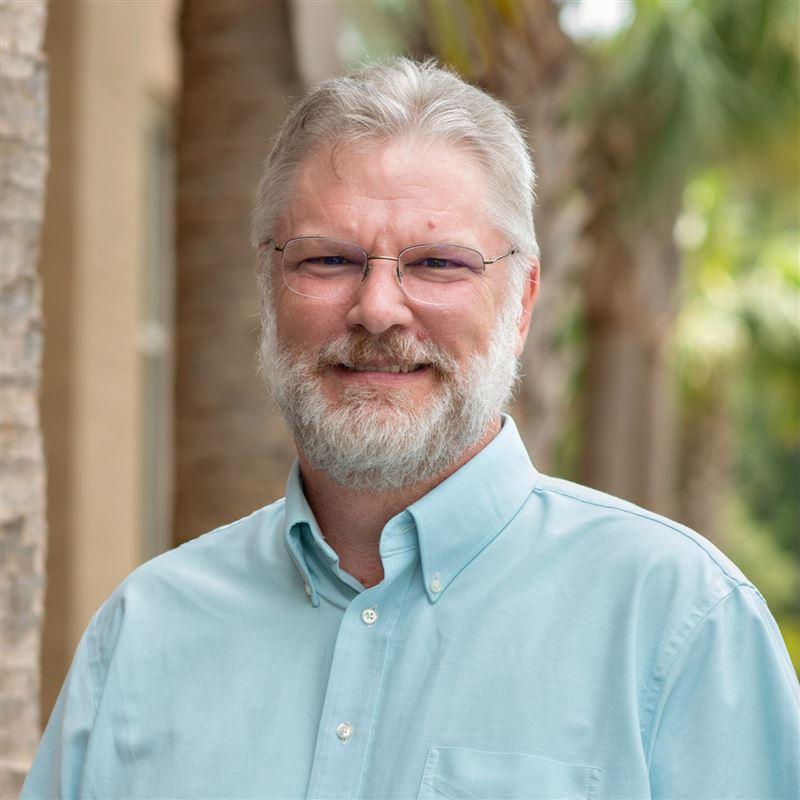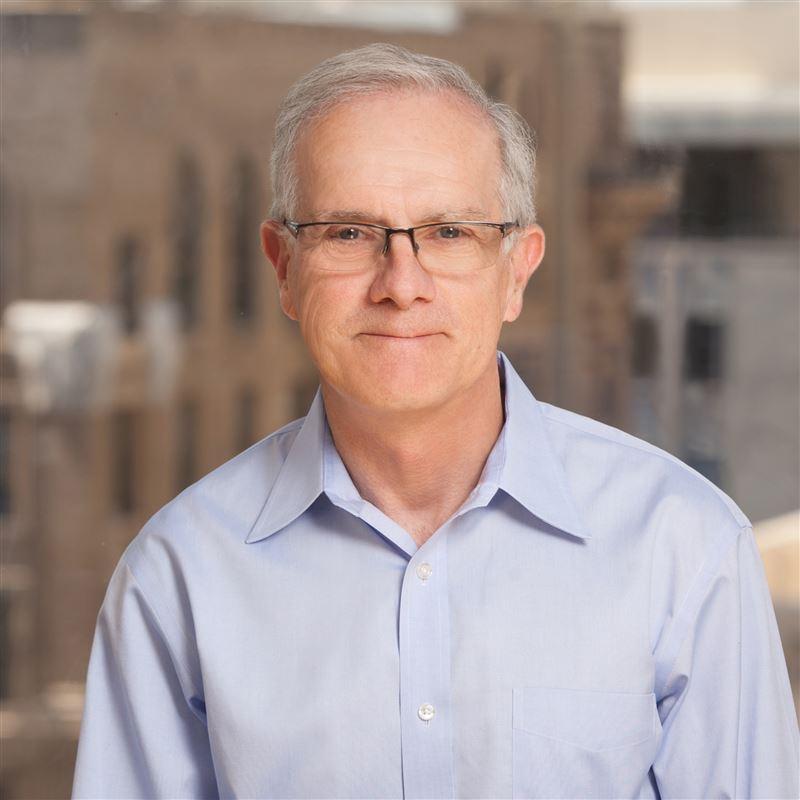Expanding Access to Transit in the Bay Area
Connecting five counties, BART supported approximately 405,000 average weekday trips pre-pandemic and consistently provides seamless mobility to communities for access to jobs, schools, medical services, shopping, recreational and cultural resources. Since the system began operation in 1972, it has continuously modernized and gradually expanded to provide safe, reliable, clean, quality transit service for Bay Area residents and visitors.

Our passion for transit and transportation is something CDM Smith shares with BART.
Bill Hurrell, a multimodal expert at CDM Smith, has over 40 years of experience working with BART. His expertise in multimodal transportation planning is bolstered by a background that includes bus transit and bus rapid transit, rail transit, high-occupancy vehicle lane systems, and traffic engineering projects. His work with BART included work on the Oakland Airport Connector, the BART extension to San Francisco International Airport, and potential future BART extensions to Livermore and West Contra Costa County.
Consequently, Hurrell and the CDM Smith team were tapped by BART to support the East Contra Costa County BART extension (eBART), a 10-mile diesel multiple unit light rail branch line of the original BART system. Classified as a commuter rail system by the American Public Transportation Association, eBART trains are available for passengers to transfer via a cross-platform interchange at an auxiliary BART stop. "This was an 18-year long project predominantly aimed at serving communities that are typified by equity priority minority and low-income populations. The East County had been promised BART since the system's inception, and we were able to help BART to bring the community members an extension of the BART system at a much lower cost and faster than expected," Hurrell said.
Our passion for transit and transportation is something we share with BART. Sticking with them through lengthy projects while keeping a positive attitude, being responsive, and being flexible is key.
Hurrell has served as project manager for several different eBART related projects, including extension station planning and design to develop pedestrian circulation plans at the two new eBART stations in Pittsburg and Antioch. These plans required innovative coordination as both stations are located in the median of the SR4 freeway. To solve this challenge, bridges and vertical circulation infrastructure were constructed to get passengers to and from the station platforms. Hurrell also served as project manager for Title VI environmental justice analysis. He led comparisons of fare structure and operating plans to advocate for low-income and minority populations in Eastern Contra Costa County. Bill was a leader of public engagement for eBART as he took part in several workshops and public meetings and served as the face of the project team in each policy committee meeting.
"The most rewarding part of my career has been working with BART. Seeing things progress from planning to implementation to success has been rewarding," Hurrell said. "We have formed relationships with BART, working together as a team to get things done, and it's one of the reasons we have been successful. We have been able to work as an extension of their staff, side by side with them."















